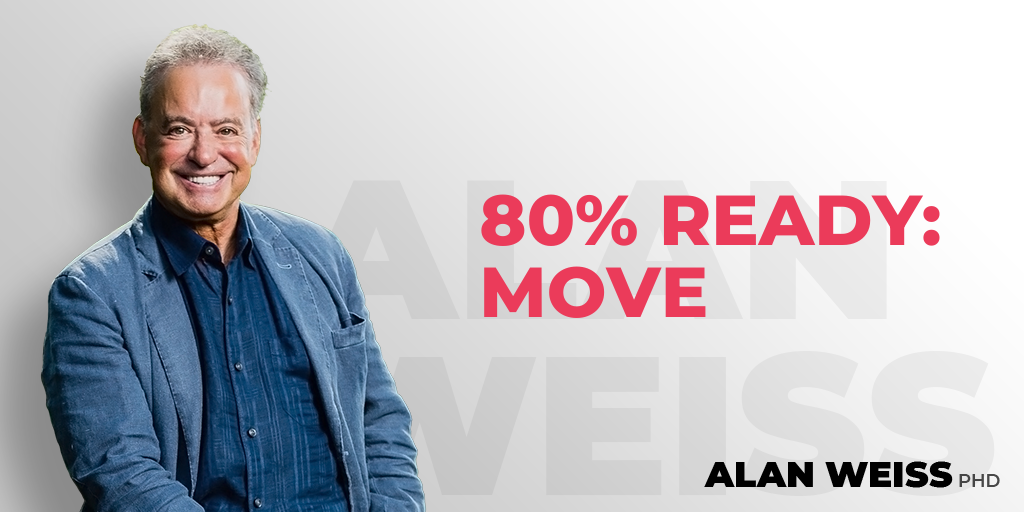Caught in the Web
If you jump off the diving board in my pool (which I did today, and I do only once a season, since it’s 14 feet under there and I can’t dive), you can swim a few yards in either direction to get to steps leading out of the water. Atop them are metal guide rails. I use the steps all the time when I’m swimming at that end.
Every year for as long as we’ve been here, brown spiders weaves a web between the railings, a space of about three feet. There are one or two spiders on each set of steps, I’ve never seen three, but I know they are separate spiders, because I can swim the width of the pool and watch them. They’re not scurrying around the perimeter to meet me on the other side.
I’m of the impression that spiders live for a couple of years and can hunker down in the winter, so these are perhaps ten generations of arachnids. The creatures are about two inches long, with very long legs, and collapse into what look like innocuous twigs when threatened.
The webs are very intricate. Sometimes, I have to barge through them, because it’s difficult to climb out of the pool without using the steps. I try to avoid it, but the spiders quickly rebuild. If I’m away from the pool for a while, or we experience bad weather, they build quite intricate condos. I don’t see how they can be successful with so much disruption, but generations of spiders have apparently earned a good living on each set of railings. They are indefatigable, rebuilding, tweaking, fixing, enlarging. We live in a wary coexistence.
I’ve never found spiders to be troublesome or scary. I understand there are some that eat birds, I’m not sure, I wouldn’t want to witness that. But I do know that they are tireless workers.
Consultants need to establish their marketing web, tweak it, fix it, enlarge it. They need to keep it intact at all times, even though unexpected elements may disrupt or dislodge it. The key isn’t perfection or eternity. The key is a flexible, yet powerful net that attracts and retains prospects. You have to keep at it diligently.
I sometimes see one of the spiders “collapsed” on the railing, and I figured it was resting. But it was just playing possum with me, waiting for me to disappear so it could get back to work and keep its net strong. I’m guessing that somewhere there are mouths to feed.
Isn’t that true for all of us?
© Alan Weiss 2009. All rights reserved.







Gareth Kane
For me the amazing thing about spider’s silk is that pound for pound it is stronger than steel or kevlar, yet it is made at room temperature and pressure, and out of dead flies*.
I’m maybe stretching Alan’s analogy a bit far, but, with a bit of ingenuity, the independent’s marketing effort can beat the big players pound for pound, without using the kind or quantity of resources they use.
* O/T: In my field, sustainability, to be able to mimic the spider’s magic would be a massive breakthrough in pollution prevention – producing advanced materials from minimial amounts of raw materials and energy. If anyone else is interested, read Biomimicry by Janine Benyus or watch her presentation on ted.com.
Alan Weiss
Very well said. Spiders don’t hunt in packs, they are solo practitioners.